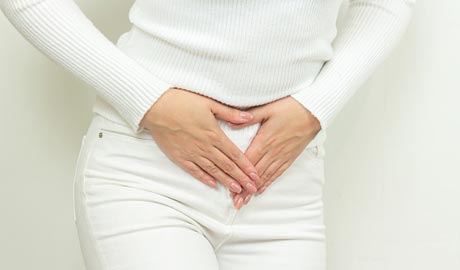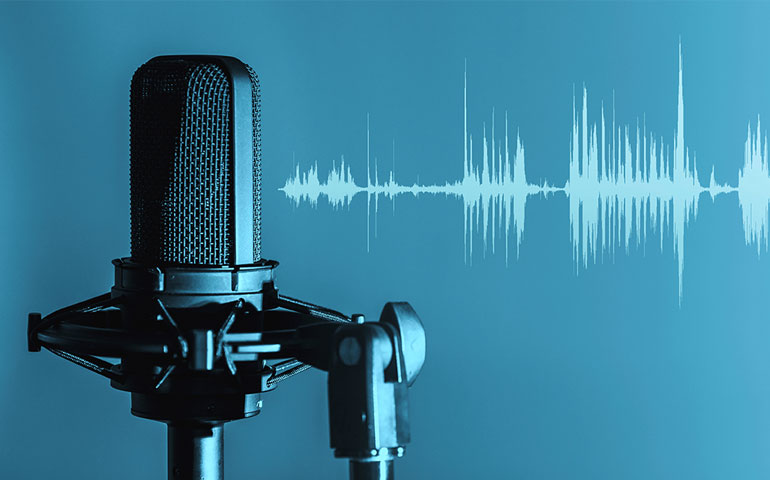Newly published SWAN research shows that urinary incontinence is problematic for many women over 40.
By Sammy Caiola
scaiola@sacbee.com
Women who experience leakage from their bladders or have the “got to go” feeling at inconvenient times are not alone, a new study out of UC Davis shows. The problem, though embarrassing for some, is more common – and treatable – than many women realize.
Dr. Elaine Waetjen, gynecologist with the UC Davis Medical Center, has been studying urinary incontinence for more than 16 years and considers it an important but under-acknowledged issue in women’s health. Her recent study, which analyzed nine years of data from 3,000 women ages 42-64, found that 68 percent of this group experiences the problem at least once a month.
Urinary incontinence has gained recognition in both the public and academic realms in recent years as female baby boomers reach middle and older age, Waetjen said. Because it usually affects women in their 40s, urinary incontinence has been associated with menopause. However, she said, there is no evidence that the relationship is causal.
More commonly, urinary incontinence results from the deterioration of certain muscles due to childbirth, or aging, or both, Waetjen said. Women over 40 commonly suffer from two types of urinary incontinence: stress incontinence and urge incontinence.
Stress incontinence is characterized by involuntary leakage during or after an event, such as coughing, sneezing or exercise. It usually occurs because of a weakness in pelvic floor muscles or the stretching out of the support tissues around the urethra.
Urge incontinence involves the muscles around the bladder, which put pressure on the organ at inconvenient times or with too much frequency. Though the cause of the latter type is unclear, it has been closely tied to diabetes and is more common in African American women, whereas stress incontinence is more common in white women.
Concerns about incontinence cause some women to make negative lifestyle changes, such as not exercising for fear of leakage, not attending social events due to worries about smell or limiting travel due to the need for regular bathroom access, Waetjen said. Many do not know there are treatment options available.
“There’s embarrassment,” she said. “Some of my patients come to me and say they didn’t feel comfortable talking to a male physician. Sometimes people were never asked. Some think it’s such a normal consequence of having children and getting older that it’s something they have to live with.”
Women with stress incontinence who consult their physicians are often given specialized exercises to strengthen pelvic floor muscles. Studies have also shown that weight loss decreases the frequency of this type of incontinence. There are also products similar to vaginal diaphragms intended to prevent leakage, Waetjen said.
New guidelines on urinary incontinence from the American College of Physicians urge doctors to recommend nonmedicated treatment options for women whenever possible. These include bladder training for those with urge incontinence complemented by Kegel exercises, weight loss, and minimizing bladder irritants such as caffeine, spicy foods, alcohol and citrus fruits.
Always, a major manufacturer of female sanitary products, launched a line of “Always Discreet” pads, liners and underwear in August 2014 to meet the needs of women who experience frequent urination. The company has also created a product website complete with pelvic exercise routines, physician advice, educational articles and a discussion forum.
Studies show that 70 percent of women use period protection instead of incontinence protection, which is inadequate, wrote Barbara Grufferman, Always’ topic expert on positive aging, in an email. Many women do not realize the condition can be treated, and allow it to negatively affect their social lives and relationships, she said.
“Body changes are a natural part of being a woman, and bladder leaks shouldn’t hold anyone back from the activities they love,” Grufferman said. “Women who may be experiencing bladder leaks should talk to their doctors about their symptoms and how to manage leaks with the right protection.”
After analyzing the data, Waetjen found that more than 60 percent of women who experience urinary incontinence sought treatment, though she worries the number may not apply accurately to the general population, as all but 5 percent of women sampled had health insurance. Women who reported more regular contact with the medical system were more likely to seek help with incontinence.
Waetjen’s analysis was based on data from the National Institutes of Health’s Study of Women’s Health Across the Nation, which surveyed a racially diverse group of women from six U.S. cities once a year over a nine-year period. The UC Davis researcher was involved in that data collection, and pushed for questions about urinary incontinence treatment to be included in years seven through nine. She used the answers to those questions to write her own report, which will be published in Obstetrics & Gynecology in May.
The once-taboo topic is discussed more now than it used to be due to changing attitudes and an increased interest in aging issues, Waetjen said. Urogynecology, or the study of women’s incontinence and other pelvic issues, recently became board certified and is one of medicine’s newest subspecialties.
Still, primary care physicians could be doing more to increase awareness, Waetjen said.
“Because it’s considered more of a quality of life thing than a life threatening thing, it’s probably not raised as much as it should be with general practitioners.”







